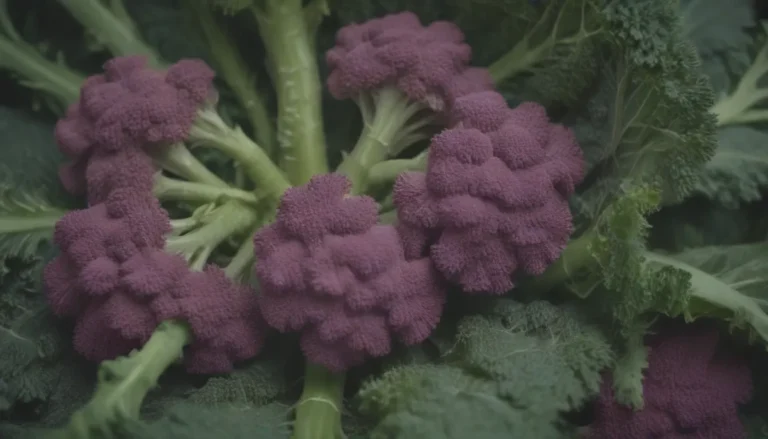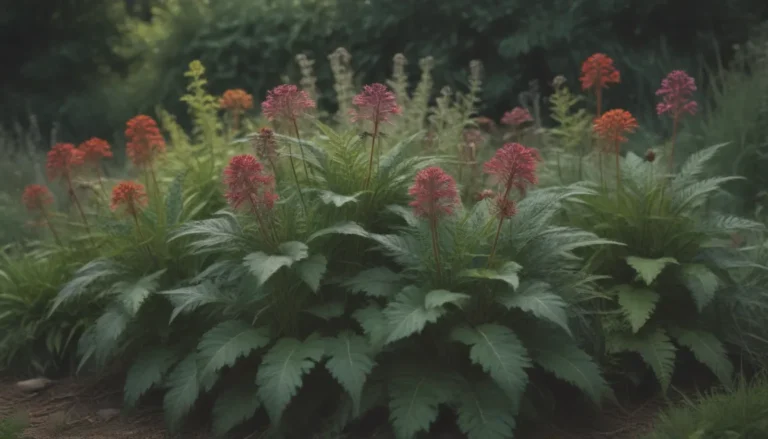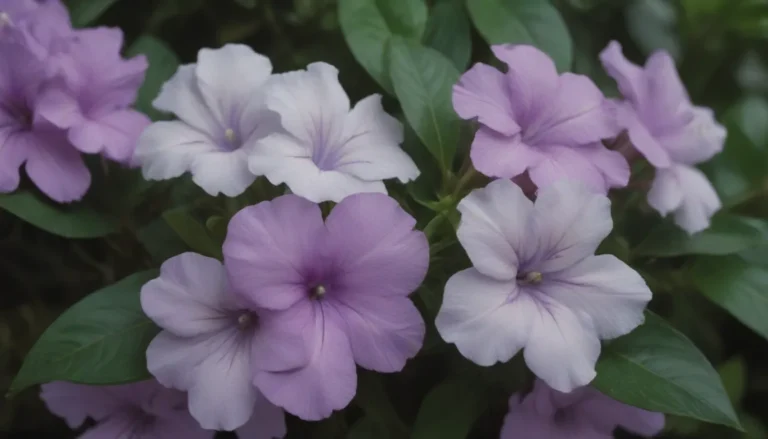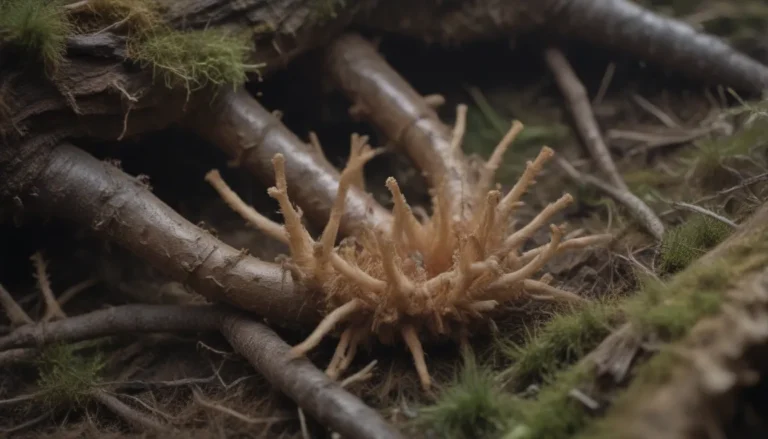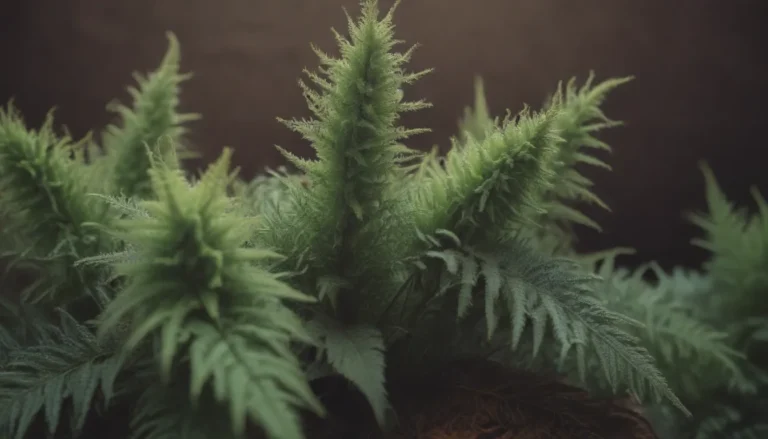A Comprehensive Guide to Growing and Caring for Alocasia Plants
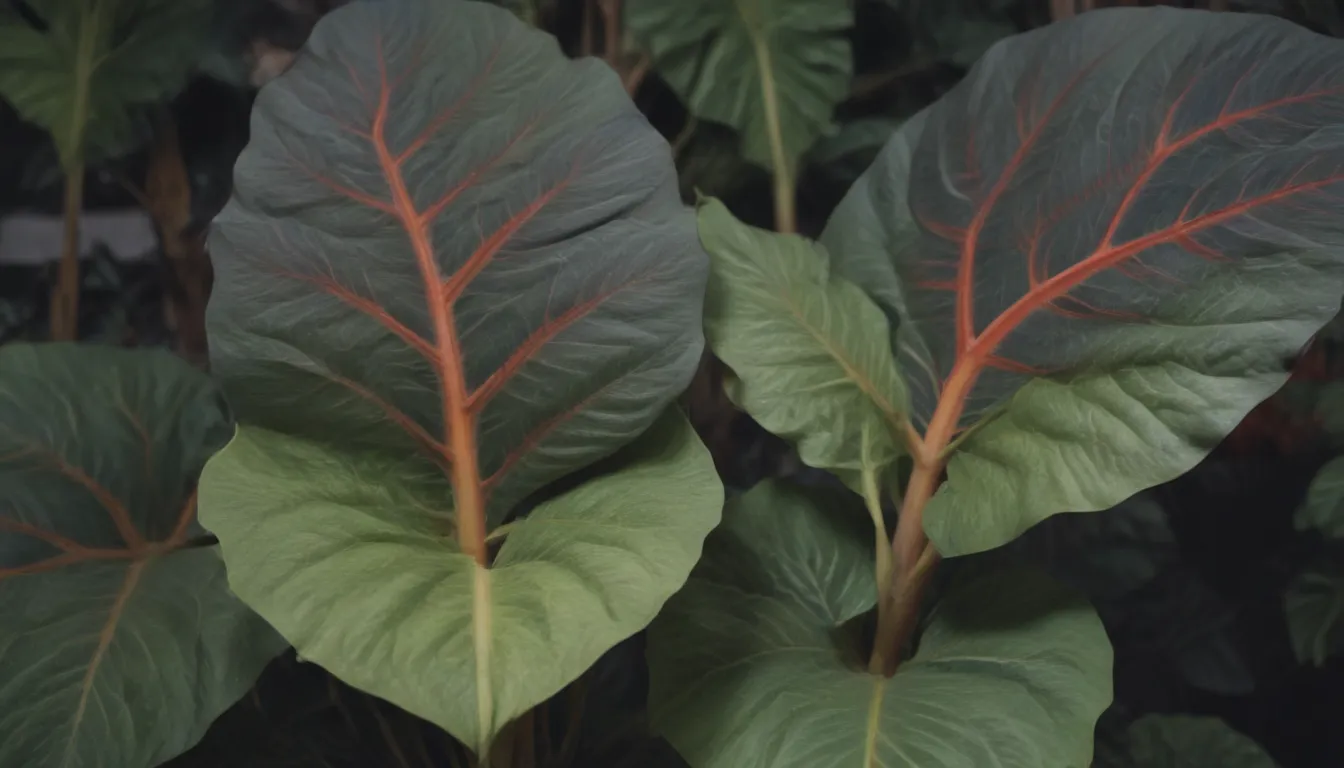
Are you a fan of lush, tropical plants that make a bold statement in your home? Look no further than Alocasia, also known as elephant’s ear plants. These stunning indoor plants feature large, heart-shaped or arrow-shaped leaves that grow from tuberous rhizomes. Alocasia plants are prized for their prominent veins or variegation, making them a popular choice for plant enthusiasts.
In this comprehensive guide, we’ll explore everything you need to know about growing and caring for Alocasia plants. From light and soil requirements to watering tips and common pests, we’ve got you covered. So, let’s dive in and learn how to keep your Alocasia plants thriving!
Alocasia Care Tips
When it comes to caring for Alocasia plants, providing the right conditions is key to ensuring their health and growth. Here are some essential care tips for your Alocasia plants:
Light
Alocasia plants generally thrive in bright, indirect light. While some large varieties can handle full direct sunlight, most species prefer filtered light. Place your Alocasia plant in a location near a window with an eastern or western exposure to provide the ideal lighting conditions. Avoid placing them in areas with low light, as this can slow down leaf growth.
Soil
Plant your Alocasia in a loose, well-drained potting mix. A standard all-purpose peat-based potting mix or one specially formulated for aroids works well for these plants. Ensure the soil is slightly acidic, and if needed, amend the mix with orchid bark or perlite to improve drainage. Alocasia plants do not like wet feet, so it’s essential to avoid waterlogged soil.
Water
Alocasia plants are water-loving, but it’s crucial to strike the right balance with watering. Keep the soil evenly moist, but not soggy. During the winter months when the plant is dormant, reduce watering frequency. Allow the top few inches of soil to dry out slightly before watering again to prevent issues like fungal infections and root rot.
Temperature and Humidity
Maintain a temperature above 60 degrees Fahrenheit for your Alocasia plants, as they do not tolerate cold temperatures well. These plants thrive in humid environments, so increase humidity by placing a tray of pebbles filled with water near the plant. Avoid exposing them to cold drafts from windows or doors, as this can harm the plant.
Fertilizer
Feed your Alocasia plants with a liquid houseplant fertilizer during the growing season. A 20-20-20 formulation is ideal for promoting healthy foliage growth and strong roots. Dilute the fertilizer to half-strength to prevent leaf burn, or opt for a slow-release variety. Feed your Alocasia once or twice a month while it’s actively growing, and stop fertilizing during the dormant phase.
Types of Alocasia Plants
With nearly 100 species of Alocasia plants to choose from, you’re spoilt for choice when it comes to selecting a variety for your home. Some popular species and cultivars include:
- Alocasia cuprea ‘Red Secret’
- Alocasia x amazonica ‘Polly’
- Alocasia zebrina
- Alocasia reginula ‘Black Velvet’
- Alocasia ‘Tiny Dancer’
Each variety of Alocasia offers unique characteristics, from leaf color and size to growth patterns. Explore different types to find the perfect addition to your indoor plant collection.
Pruning and Propagating Alocasia Plants
Pruning your Alocasia plants is essential to promote healthy growth and remove damaged foliage. Use sharp, sterile pruning shears to trim any dead or dying leaves, allowing nutrients to flow to healthy foliage. Remember to wear gloves when handling Alocasia plants, as their leaves are toxic.
If you’re looking to propagate your Alocasia plants, consider clump or rhizome division, which is a simple and effective method. Perform this task in the spring for the best results.
Common Pests and Plant Diseases
While Alocasia plants are generally resilient, they can be susceptible to pests like spider mites. Keep an eye out for signs of infestation and take prompt action to prevent damage to your plants. Additionally, protect your Alocasia plants from strong winds to prevent leaf tearing.
Encouraging Blooms in Alocasia Plants
While Alocasia plants are primarily grown for their foliage, they can bloom under the right conditions. Encourage blooms by providing adequate outdoor time during the spring and summer months. Deadhead spent flowers to promote new blooms and maintain the plant’s overall health.
Troubleshooting Common Problems with Alocasia Plants
If you encounter issues like yellowing or drooping leaves with your Alocasia plants, consider the following solutions:
- Yellowing leaves: Adjust your watering schedule and ensure the plant receives enough filtered light. Repot if the plant is pot-bound to encourage healthy growth.
- Shrivel or drooping leaves: Check your watering habits, light exposure, and fertilization routine. Maintain even moisture levels, provide adequate light, and feed your plant regularly.
By addressing these common problems promptly, you can ensure your Alocasia plants remain healthy and vibrant.
In conclusion, Alocasia plants are a stunning addition to any indoor plant collection, offering unique foliage and easy care requirements. With the right conditions and proper maintenance, you can enjoy the beauty of Alocasia plants for years to come. So, go ahead and add these tropical gems to your home, and watch them thrive in their new environment!
